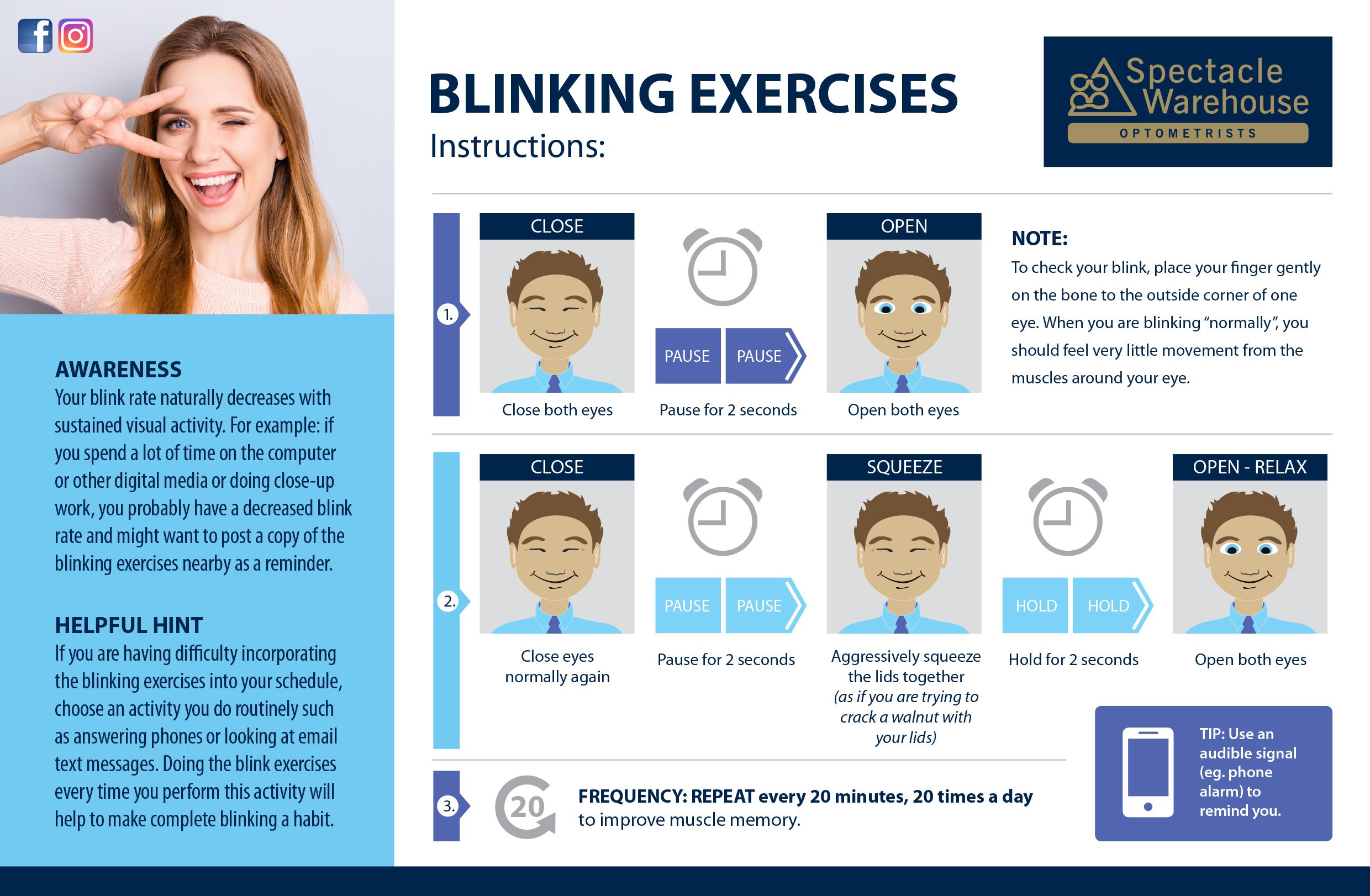Types of Dry Eyes
By Stephanie Venter - B.Optom (UFS)
So many options, but which one should you use?
A better question to start off with is what type of Dry Eye you have. A Dry eye comes in all shapes and sizes. Symptoms such as grittiness, burning, blurred vision with correction, teary eyes (believe it or not), foreign body sensation and light sensitivity are all symptoms indicating that you might have a dry eye.
The eye’s tear layer consists mainly out of an Aqueous (watery) layer, Mucous layer and a Lipid (fatty) layer. First step to accurately treat and manage your dry eye is to classify it into either Aqueous deficient, Lipid Deficient or a combo between the two.
Lipid Deficient or Evaporative Dry Eye is very common, and this is due to the oily glands in your bottom and top eyelid having fall out or they are not producing enough oil to keep the watery layer on your eye. Typically, in a lipid deficient dry eye, eyes can be quite teary since the watery layer is not kept on the eye. This is often caused by systemic medication we take, dry and air-conditioned environments, contact lens use, smoking, age and hormonal disturbances. Treating a lipid deficient patient, our main goal would be to stimulate as much oil production and to help the glands function at maximum capacity.
An aqueous or water deficient dry eye is because the quality or quantity of tears are not sufficient to keep the eye moisturized during the day. This type of dry eye is often encountered in patients with auto-immune diseases (Rheumatoid Arthritis, Sjogrens Syndrome, Lupus) or patients that had mechanical trauma to the lacrimal gland. Being diagnosed with an Aqueous Deficient dry eye, our main goal as clinicians will be to preserve the tears that are being produced by prescribing the right composition eye drops. We can even block the duct where the tears are draining, if necessary, to preserve as much tears as possible.
It will save you a lot of time and money to have your dry eye classified and treated accordingly, instead of going for every eye drop on the market.
Try this at home:

Frequency:
To be completed every 20 minutes, 20 x a day to improve muscle memory.
Use an audible signal (egg timer, phone or computer alarm) to remind you.
Exercise instructions:
Close both eyes normally, pause 2 seconds, and open.
NOTE: To check your blink, place your finger gently on the bone to the outside corner of one eye. When you are blinking "normally", you should feel very little movement from the muscles around your eye.Close the eyes normally again, pause 2 seconds and then aggressively squeeze the lids together (as if you are trying to crack a walnut with your lids) for 2 seconds. Open both eyes.
Repeat every 20 minutes, 20 x a day.
Awareness:
Your blink rate naturally decreases with sustained visual activity. For example, if you spend a lot of time on the computer or other digital media, doing close up work, you probably have a decreased blink rate and might want to post a copy of the blinking exercises nearby as a reminder.
Helpful Hint:
If you are having difficulty incorporating the blinking exercises into your schedule, choose an activity you do routinely such as answering phones of looking at email or text messages. Doing the blink exercises every time you perform this activity will help to make complete blinking, a habit.